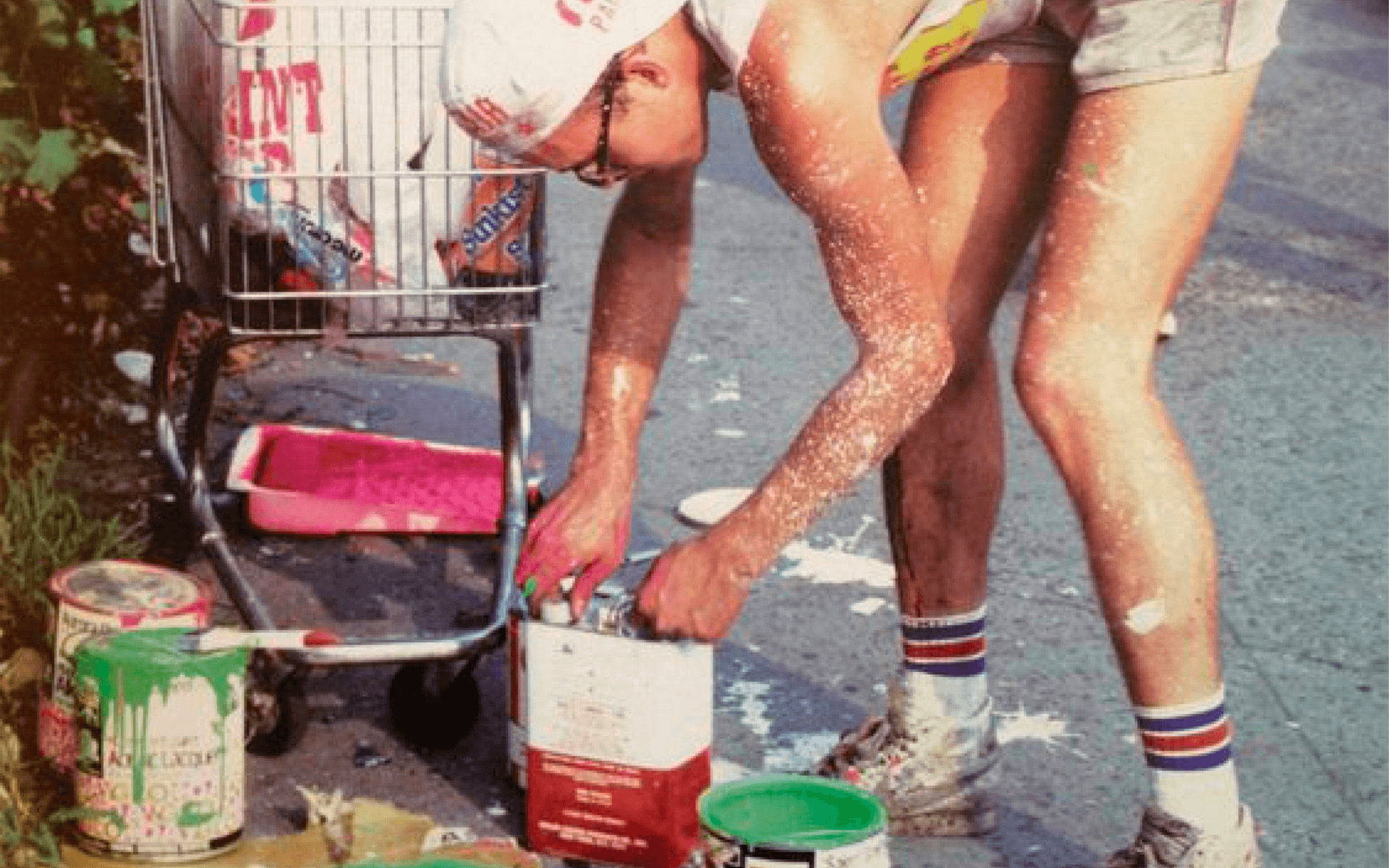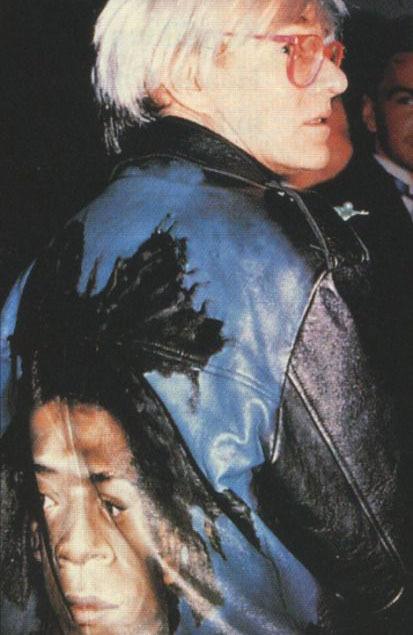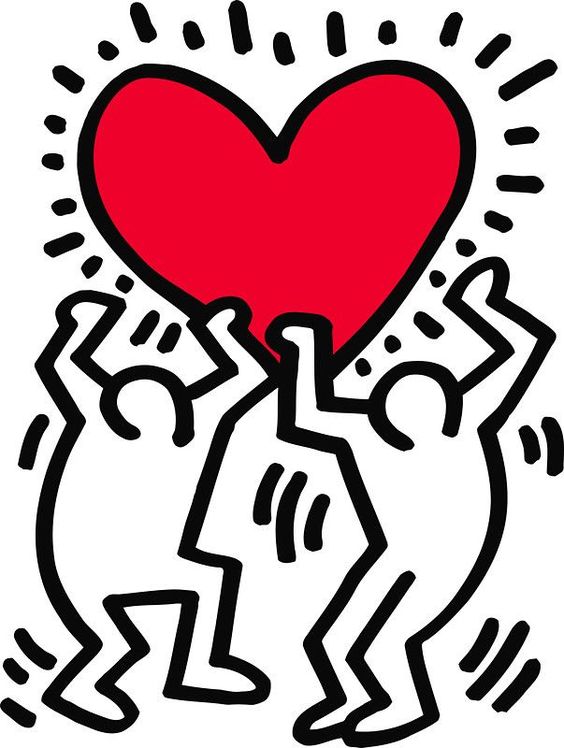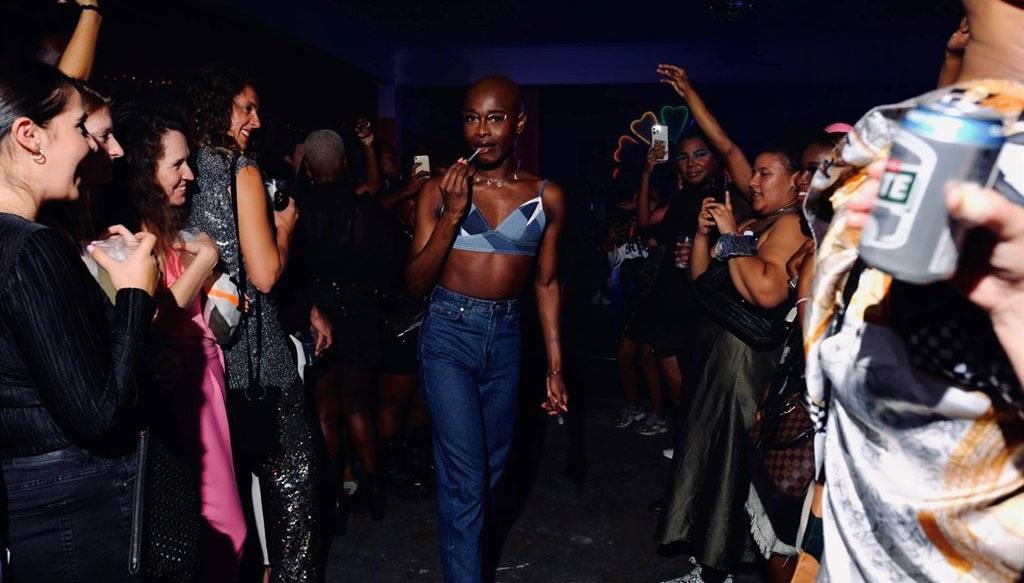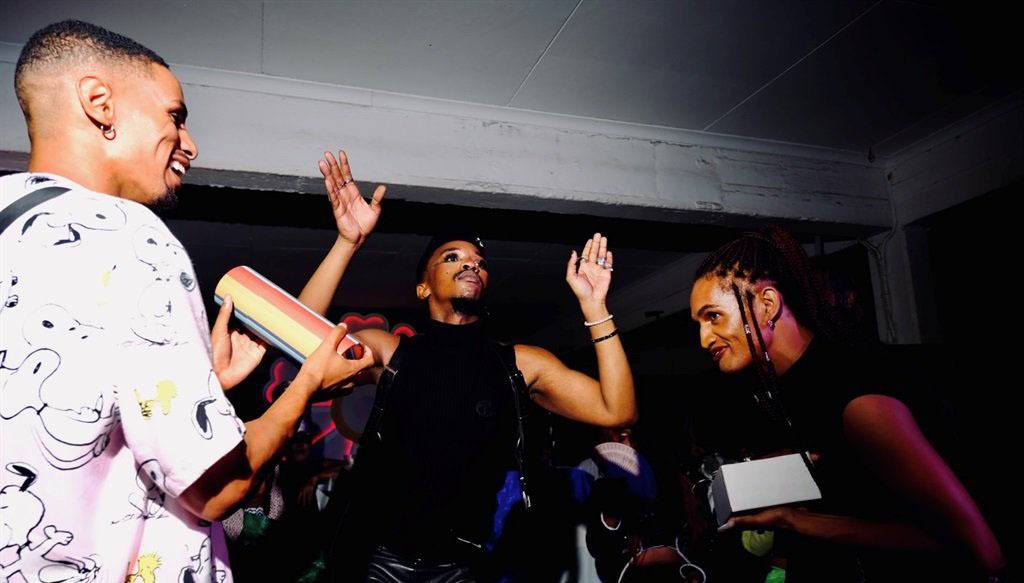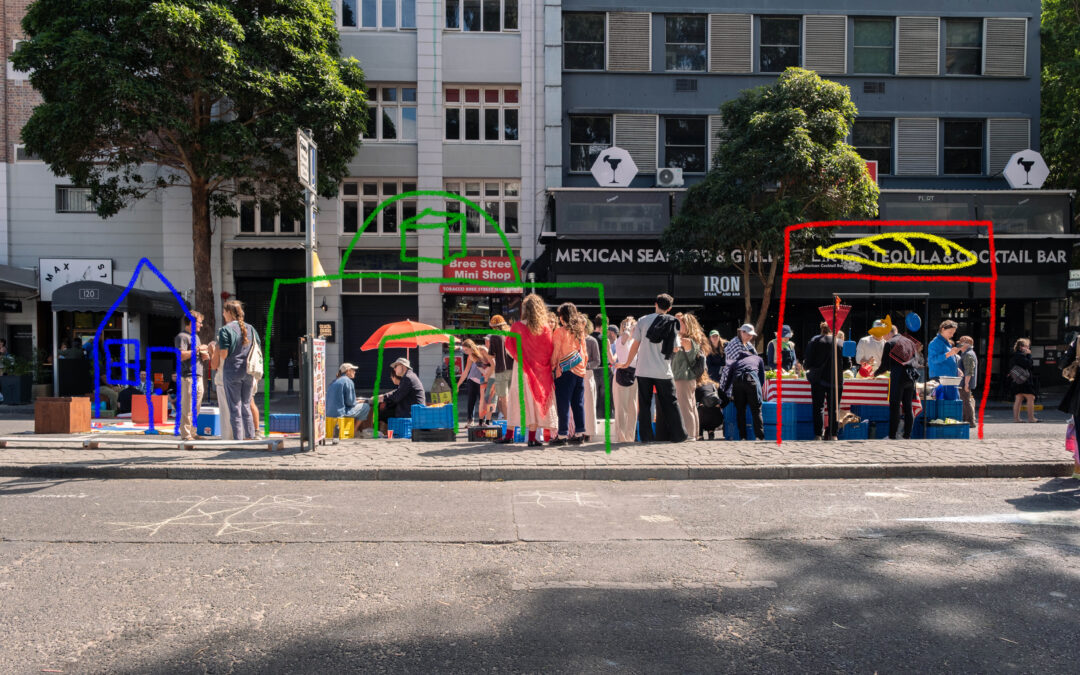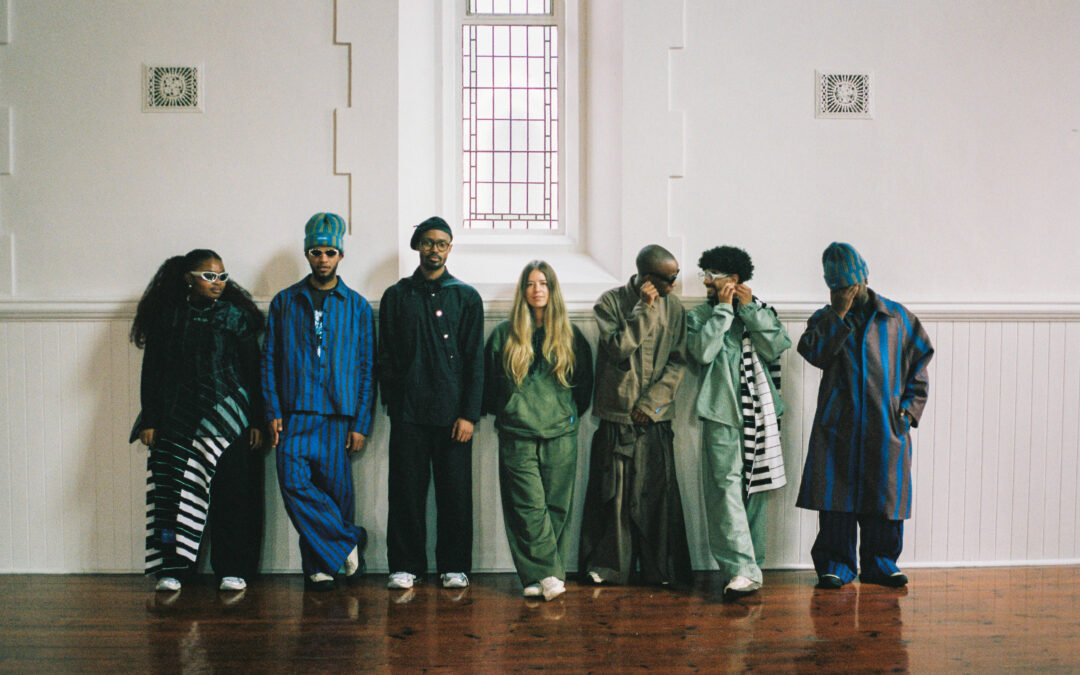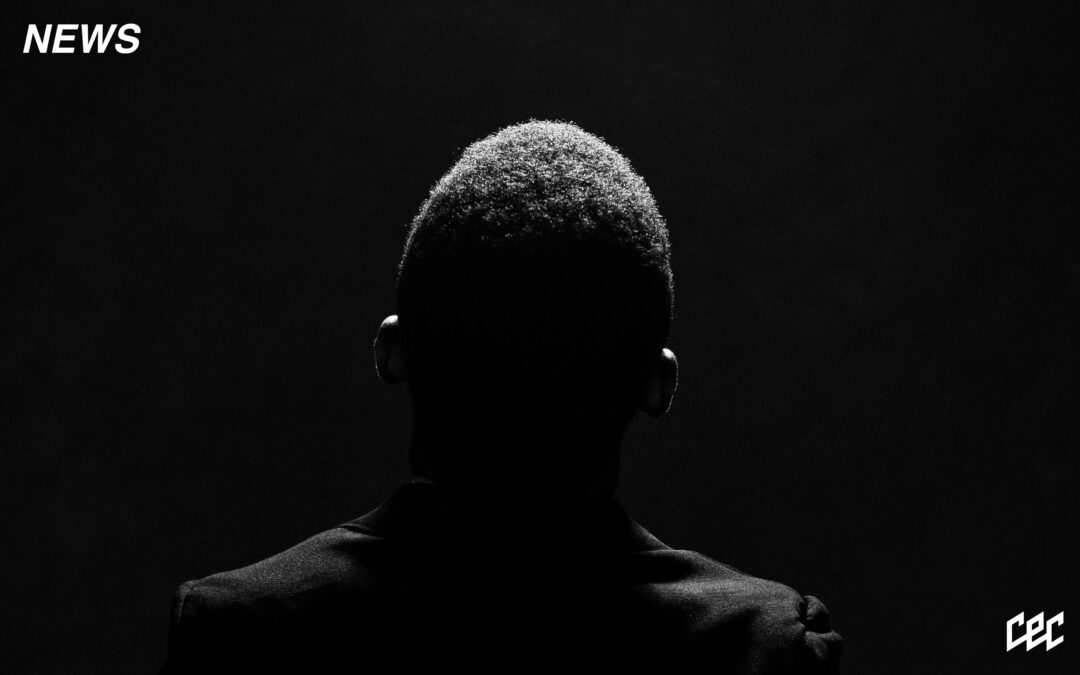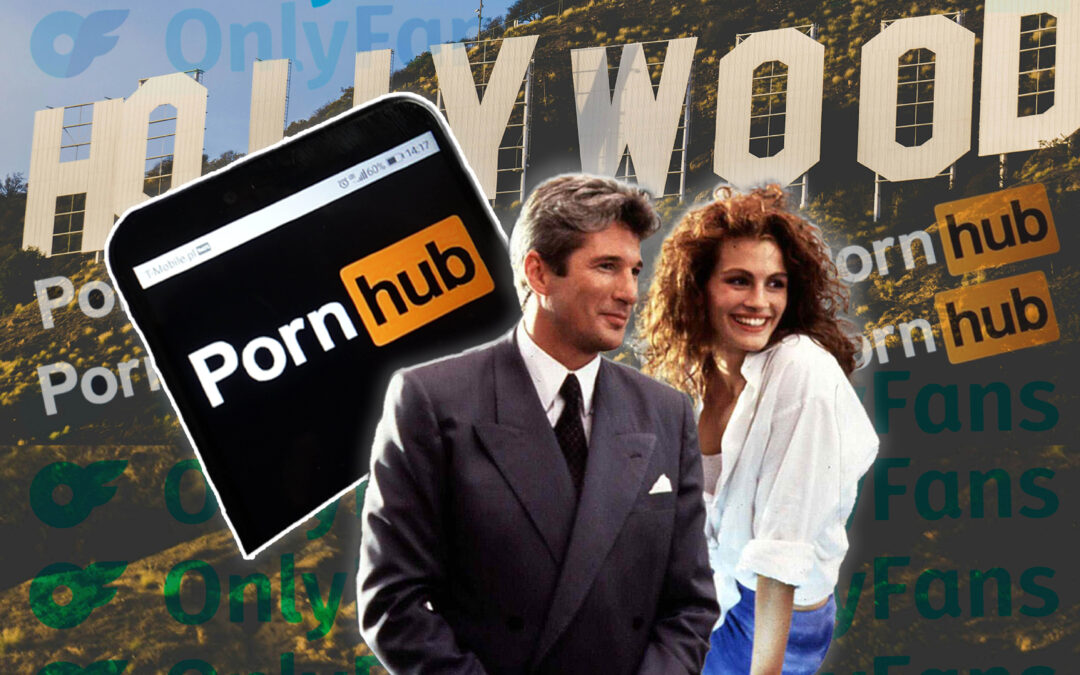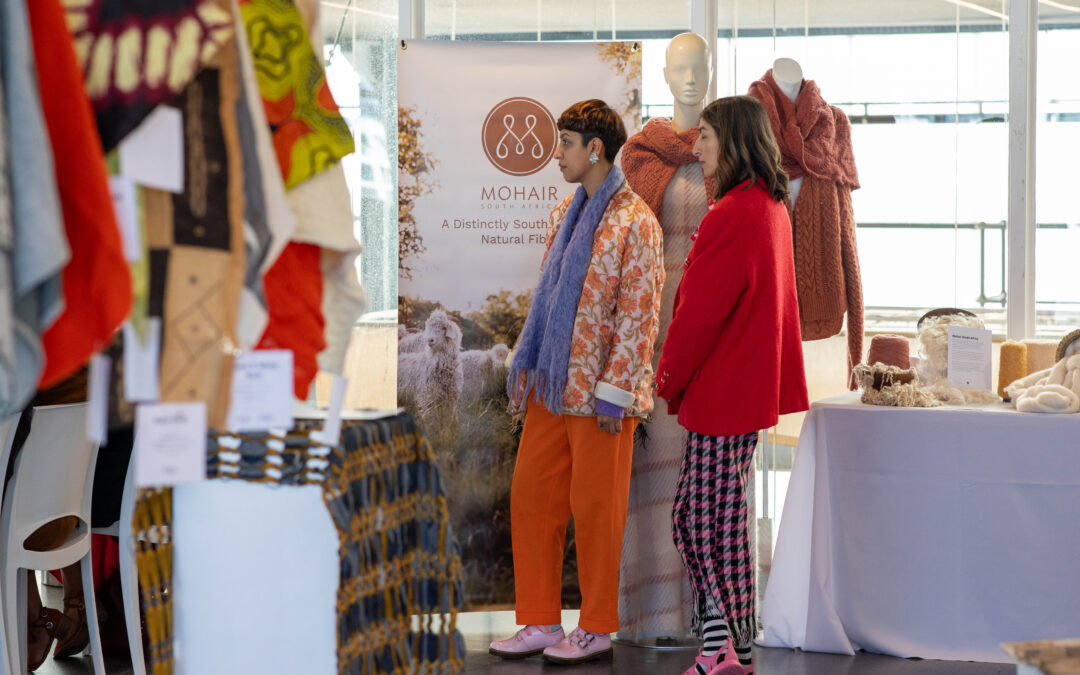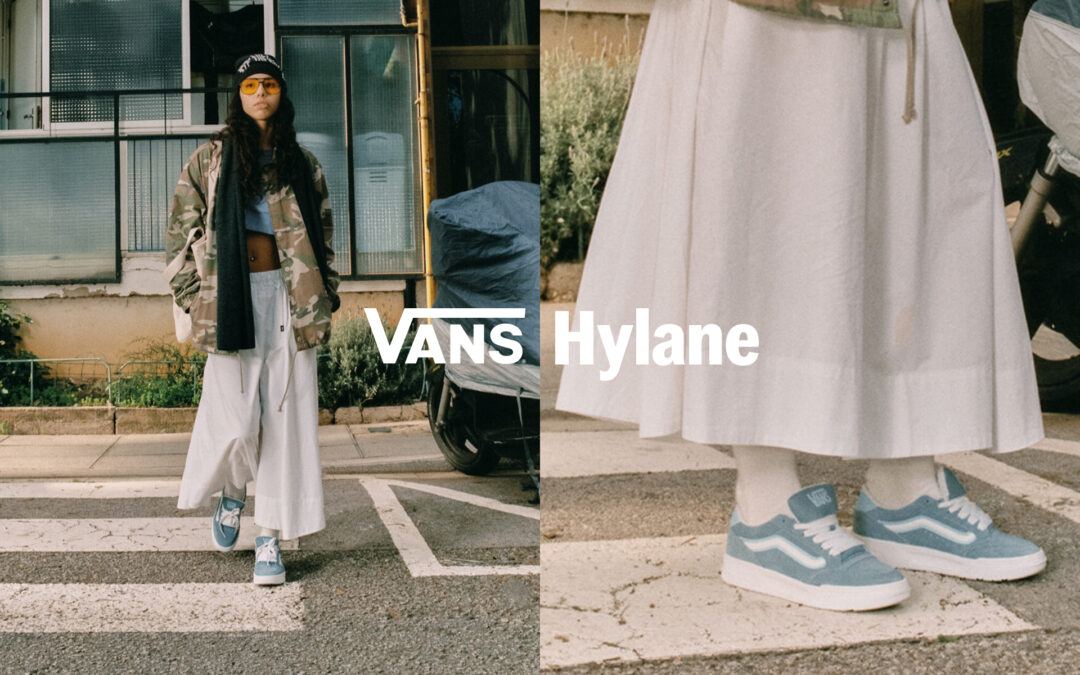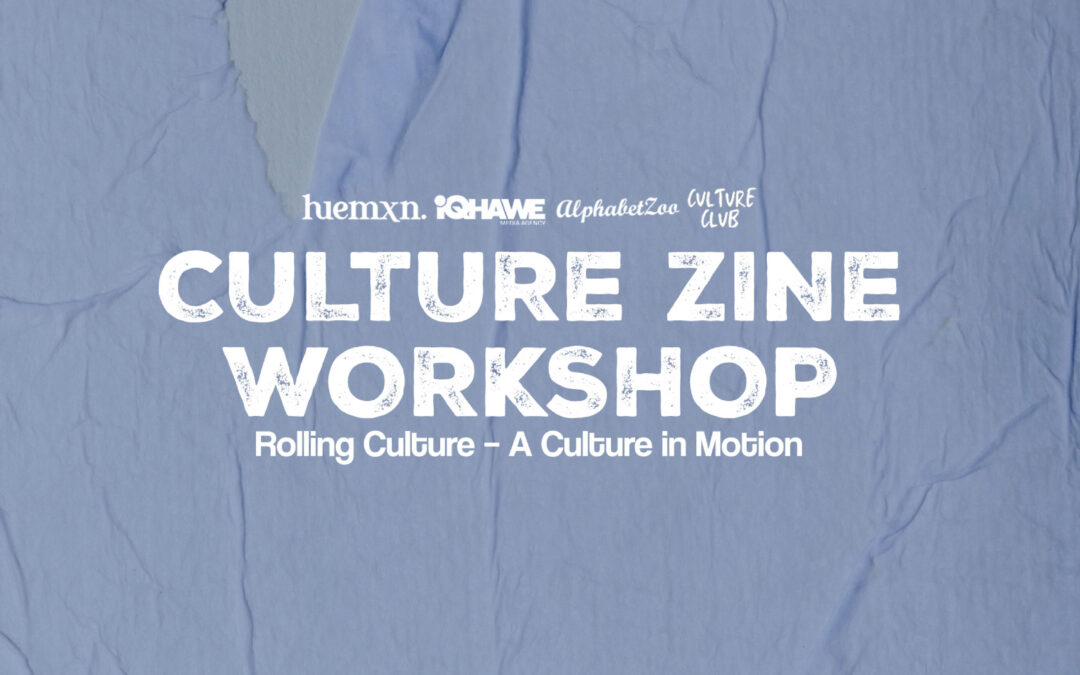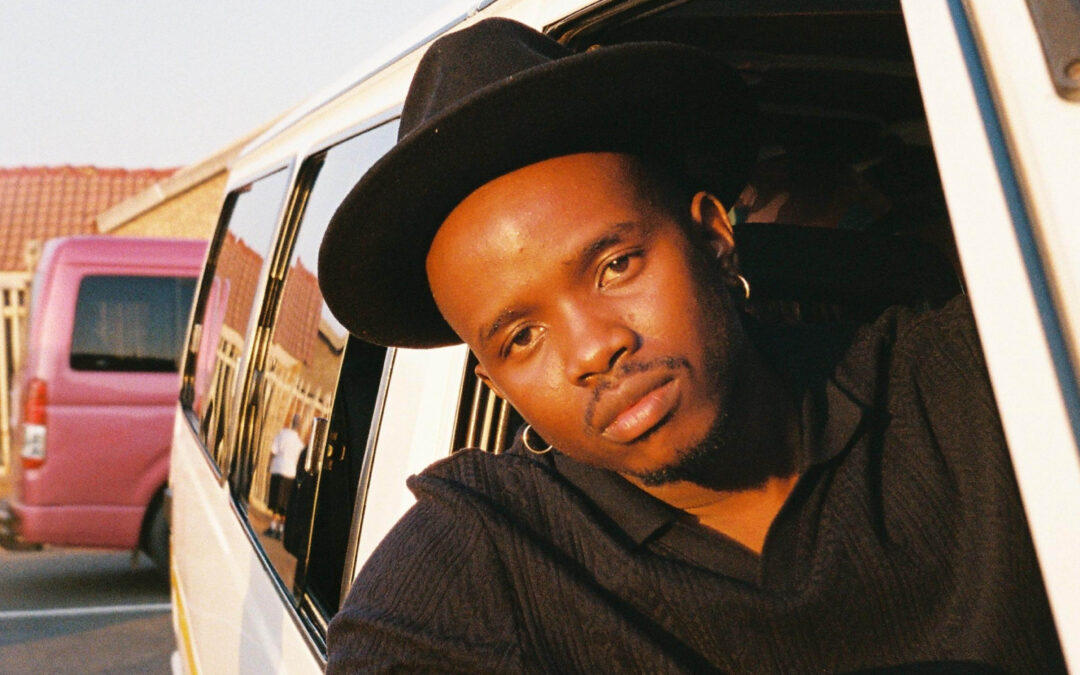“Art is the birthplace of innovation and creativity. It’s with this sentiment that a need arose to provide consumers and overall art enthusiasts with the opportunity to consume art in a space that deviates from the traditional template of four white walls.”
– Lebo Kekana (‘FEDE’ Arthouse Curator’s Note)
After recently completing the ‘Andy Warhol Diaries’ on Netflix, I couldn’t help but notice so many striking similarities between the underground art scene in 1970s SoHo (New York) and Johannesburg and Cape Town right now. These similarities prompted me to look for answers to questions which had swarmed my subconscious for quite some time, as well as uncover an entire local burgeoning art scene which is brimming with talent and excitement. This is the exact same youthful exuberance which I witnessed on the Netflix show – way back in 70s New York nestled with stardom and intertwined with celebrity culture.


Sometimes I feel as if the days of chasing the quintessential ‘American Dream’ have now dawned upon us. In a city like Johannesburg, that really shouldn’t come across as a shock, considering the vast similarities in infrastructure between the two capitals. But also, rather within the inherent geological makeup of inhabitants of both megacities; everyone is chasing somewhat of a dream, a greater perhaps, and the ever-present hustle-and-bustle of both areas makes them prime destinations for artists to set up shop.
What also draws me to this comparison is the sheer quality of art that we are witnessing nowadays. This is further elevated by the standard of art curation in South Africa, which I personally feel has the potential to be a cut above the rest of the world – especially the current cohort of Black art curators that this country has. From the more experienced and established art curators such as Anelisa Mangcu, to the emerging Gen Z art curators like Lebo Kekana, and more.
A couple of prime examples of local contemporary art-infused events which are reminiscent of when Hollywood used to congregate at Studio 54 are, the Siyabangena22 unofficial Art Fair afterparty and the GSPT x Puma Group Exhibition. Both recent events hosted in Cape Town and Johannesburg respectfully, organised by Siwa Mgoboza and Tamryn ‘Rarri’ Arends, these events embody this intersection between art, fashion, music and nightlife. Amogeland Maledu of News24 writes:
“Siyabangena22 is an afterparty that pertinently considers South Africa’s relationship of political discourse and collective organising as shaped in the shebeens of Black townships during apartheid. It considers how the existence of ball culture was founded underground by African-American and Latin American LGBTQ+ communities – “Houses” – in New York City in the late 19th century, resisting queerphobia. These disco sites serve as robust incubators of radical discourse about questions of the Human, where a reading of sound, performance, and collective organising are grammars of certain philosophical positions of being.”
A key element that drove the success of the “party scene” during this era of 70s New York was the thriving queer Black community. Now fast forward over fifty years from then and analyse Johannesburg – has much really changed from then? I think not. Topical queer and femme-forward events such as Vogue Nights, by Lelowhatsgood, further reinforce my point.
Fede Arthouse, founded by artist and curator Lebo Kekana, hosts their first group gallery exhibition for the year at the ‘Ghost’ in Loop Street, Cape Town. The group show includes an exciting roster of emerging multidisciplinary artists, namely Lebo Kekana, Yonela Doda, Tiffany Joy Schouw, Francesco Mbele, Neha Hajee, Reef Sithole and Nkhensani Mkhari. In anticipation of the event, I find myself reverting back to the Fede Arthouse curator’s note, which writes:
“This idea is meant not to criticise, but perhaps interrogate the way in which art is presented in contemporary art spaces – to consider how welcoming and inclusive these spaces can be made to feel. The idea is to offer the experience of an intimate and fulfilling art-filled environment, with an atmosphere that allows for a deeper connection with the art, and with the artists who share parts of themselves when creating it.”
This exhibition will open on Friday, 22 April 2022 and run until May 12.

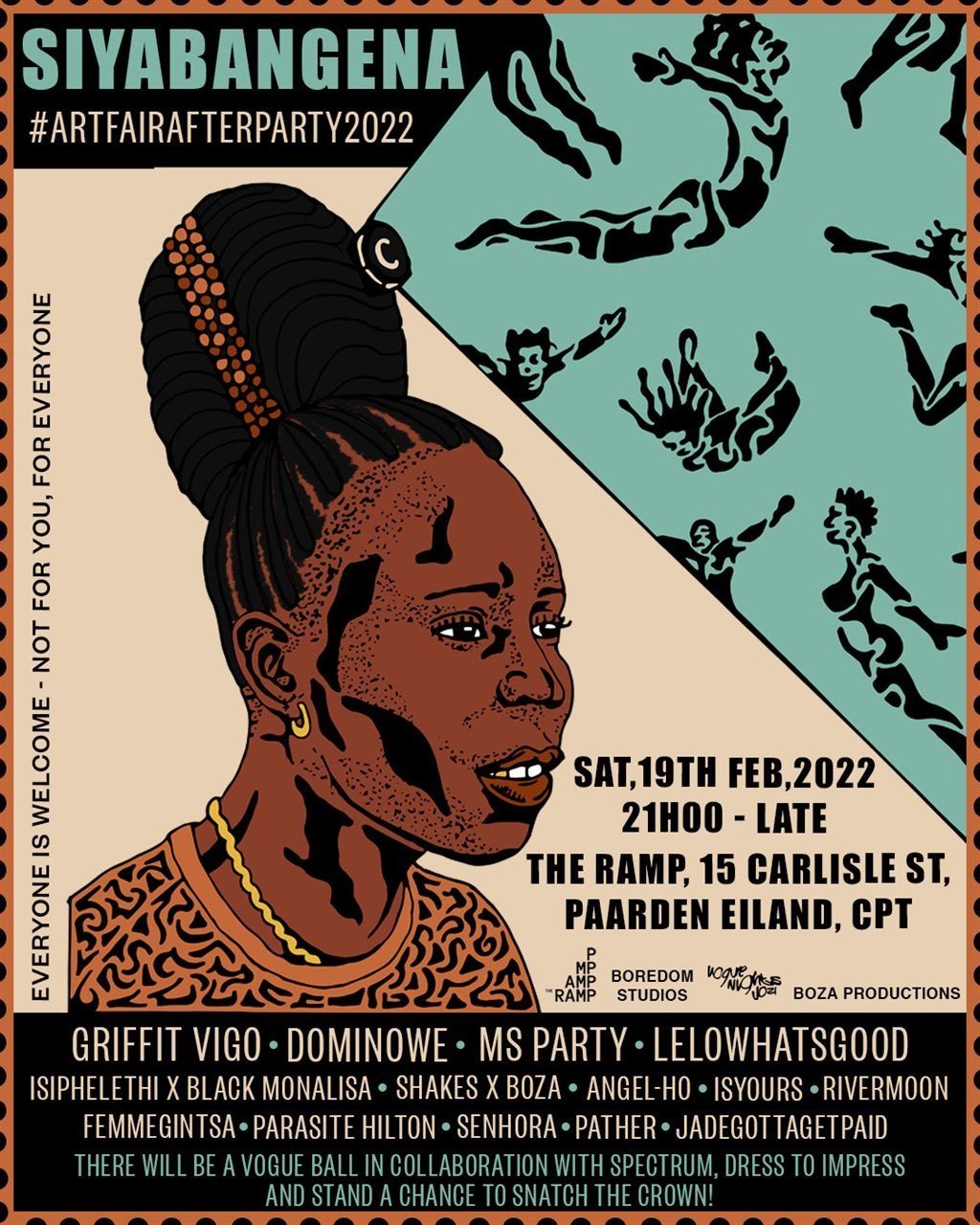
So if you ask me, the similarities between both past and present eras are more than striking – they’re somewhat astounding. And if you actually think about it – the New York art scene in the 1970s is still regarded as its peak era – so can you imagine how good what is currently happening locally must be? The talent bears testament.
This is why it becomes even more critical for us to support our own burgeoning art scene, in all ways possible. In a country looking for solutions to exponential economic growth, internally investing in our art scene is one of the most financially viable options for jumpstarting our own economy.

